 So much has been written about how to craft a speech or presentation, and much of it is conflicting. Do you need a separate opening, in addition to your key message? Do you start with your key message, or end with it? It is a seven-part process, or a three part process? Do you need to write everything down, or can you create an outline? What about a sketch or a mind map? No wonder so many people get frustrated and basically give up on creating compelling content. It is so much easier to create a handful (or more) of slides and then follow them.
So much has been written about how to craft a speech or presentation, and much of it is conflicting. Do you need a separate opening, in addition to your key message? Do you start with your key message, or end with it? It is a seven-part process, or a three part process? Do you need to write everything down, or can you create an outline? What about a sketch or a mind map? No wonder so many people get frustrated and basically give up on creating compelling content. It is so much easier to create a handful (or more) of slides and then follow them.
All that may be true, but if you simply follow your slides, there is a very good chance you will read from them. There is also a good chance you will fail to ace two of the key parts of your talk—the opening and the closing. These are the areas of the presentation that engage and persuade the audience. And the parts that drive home your most essential message. If you skip them and jump right into the content—which so many speakers do—you may very well lose the chance to connect your audience with the content and convince them of your message.
So let’s take a look at the separate parts of the presentation, and be sure we understand exactly why they are needed, and how we might put them together for a terrific presentation or speech. Please note that even the most informal talks do better when you follow this format. With a little planning and practice it will become your “go to” structure.
Opening and key message
Why?
- A strong start with a key message provide context, a reason for listening.
- A strong start builds your confidence, even as it captures and directs your audience’s attention.
- A strong start connects you with your audience, and them to your message.
How?
- Start with a one-sentence overview. This is your key message. It should be short enough to say in one breath. It should be the one thing you want your audience to take away. If you could only say one sentence, this would be it.
- Write it down. Say it out loud. If it is just “in your head” it could be very vague or “slippery.” If you can write it down or say it out loud, then you know it is a message, not just a thought.
Content or Body of Presentation
Why?
- The message needs the evidence or proof that only the body of the presentation can provide. As a standalone, it may be intriguing, but it probably lacks substance.
- The body must be organized and clear. This is where you lay out your case, and you want to follow a logical structure.
- The body should strike a balance between being too detailed and too broad. Be sure you think through your time frame, your audience, and the nature of this content. How detailed does it need to be? How simple can it be? If it is too detailed, the audience may fade. If it is too broad, they will get bored and possibly insulted.
- The body should strike a balance between facts and feelings. Depending again on content and the makeup of the audience members, you will want to include not just facts, but some kind of emotional appeal. If you tend to lean on emotional appeal, be sure to balance that with solid facts and figures.
How?
- Include pertinent, updated facts and findings. I recently found a great statistic I wanted to use, until I discovered the research was over ten years old. No good. Also consider the sources of the statistics you use; will they be credible with your audience?
- Include humor, stories, examples, case studies, and discussion questions. Get your audience talking with each other to whatever degree seems appropriate. Get them to do something with you or each other, even if it is as simple as answering your “quiz” questions or raising a hand.
- Humor is great but don’t feel you must tell a joke. Instead, use a personal anecdote or reaction. Blend it into your content; don’t make a big issue of it.
Closing/repeat of key message/call to action
Why?
- A great closing builds your confidence and lets you end with power and punch, not a whimper.
- A great closing drives the main message home. We need to hear things more than once, especially the things that it is important to remember.
- A great closing creates a satisfying sense of closure. Imagine going to a concert or a play and wondering “is it over?” Great experiences come with a resounding close.
- A great closing includes a reminder of where you started, which improves recall of your key message, and a call to action can take advantage of an emotional high at the end.
How?
- Repeat or rephrase your key message one last time. Make it be the first and the last thing your audience hears.
- If you have a call to action, state it here and say it strong. “Call today. Get started now. Remember to sign up.” These are clear calls to action.
- Plan and rehearse your closing. Don’t leave it to chance. At the end of your presentation you will feel a strong sense of relief. Don’t just end abruptly, but leave enough time to wrap up properly.
So even if time is short, the presentation is informal, or you just don’t know how to get started, make sure these three elements of your talk are well planned and that you deliver them with aplomb. Without these essentials, it might be just a bunch of words. With them, you have a compelling talk.
************************************************************************
I would love to hear from you. How do you structure your presentations for best results?
Author Gail Zack Anderson, founder of Applause, Inc. is a Twin Cities-based consultant who provides coaching and workshops for effective presentations, facilitation skills for trainers and subject matter experts, and positive communication skills for everyone. She can be reached at gza@applauseinc.net.
Web site: www.applauseinc.net
Blog: www.managementhelp.org/blogs
twitter: @ApplauseInc
 Sections of this topic
Sections of this topic
















